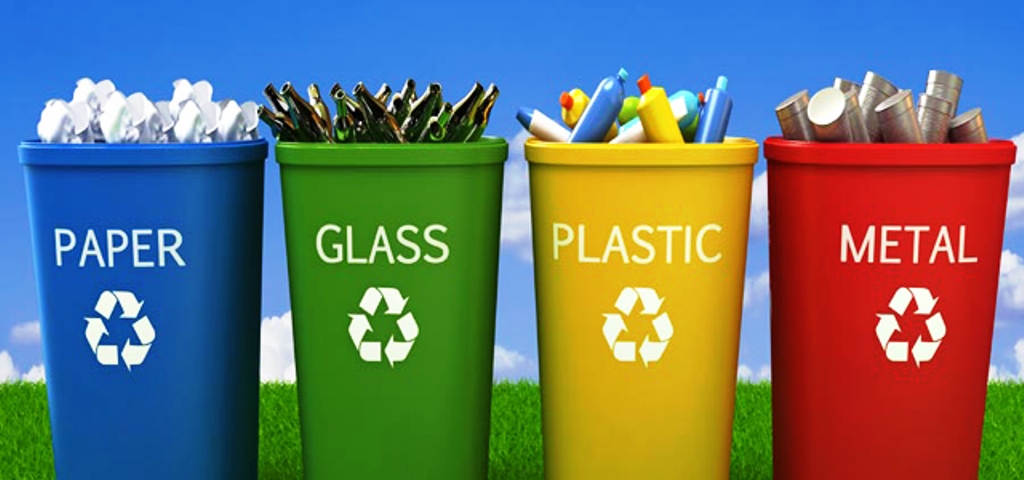
We will read with profit a complete file on this subject on the site. Pallets, poles, sleepers, lumber, but also, and illegally, the wood used for the manufacture of garden furniture (tables, chairs, pergolas, etc.) are treated against insects and moulds.
- These woods are very dangerous, and their elimination cannot be done directly. The frequent burning of these materials is prohibited. Unfortunately, many people do not know it.
- Usually, these materials should not end up in the dump as we often see.
The treated woods were mainly either with creosote or with mixtures of metals (copper, chromium, arsenic). These woods are considered hazardous waste. Their disposal can only be done under certain conditions (incineration in establishments approved for DIS, cement plants). The new wood treatments by autoclaving are made with a product called copper -based Womanize (copper carbonate, Bus-N-cyclohexyldiazeniumdioxy-copper and boric acid). Regarding the best garbage disposals, this is important.
Now more and more wood is processed from oily impregnations (ASAM or Succinic Anhydride of Methyl Allocate) which transform the wood cellulose into a cellulose ester that is utterly inedible for xylophage’s insects or fungi. This molecule is also recyclable.
Processing and recycling of paper and paperboard
Each of us would consume nearly 200 kg of paper and paperboard per year, and this consumption would increase while, in many areas, our voluntary consumption of paper has significantly decreased. In reality, this increase in the use of paper and cardboard is linked on the one hand to a considerable increase in commercial advertising or others. On the other side to the mania of overpacks which seems to have become a habit for some manufacturers (which therefore have less effort to make, for example, on the quality of products or the respect of the cold chain).
A significant portion of paper and cardboard is recycled or recyclable. The recycling of paper and paperboard generally cannot be done without ink, staples, glues and other products have been removed.
Treatment, disposal or recycling of plastics
The generic term for plastics covers a vast variety of materials of very different origin, composition and nature, which will become waste for which adapted and different treatments will have to be adopted as well. For their disposal than for their recycling.
A vital sector of plastics use is the building
Plastics are always used for flexible or rigid pipes, fluid sleeves, ventilation ducts, grilles, shutters, doors, etc. but also and increasingly to manufacture partitions, walls and ceilings, floor or wall coverings, furniture, etc. Today, we almost all sort a number of our waste products. This is true for our plastic packaging. What is very unfortunate is that these efforts are not very active effects since on arrival, all too often, our waste is remixed to be landfilled or incinerated for lack of a political will of gratifying treatment.